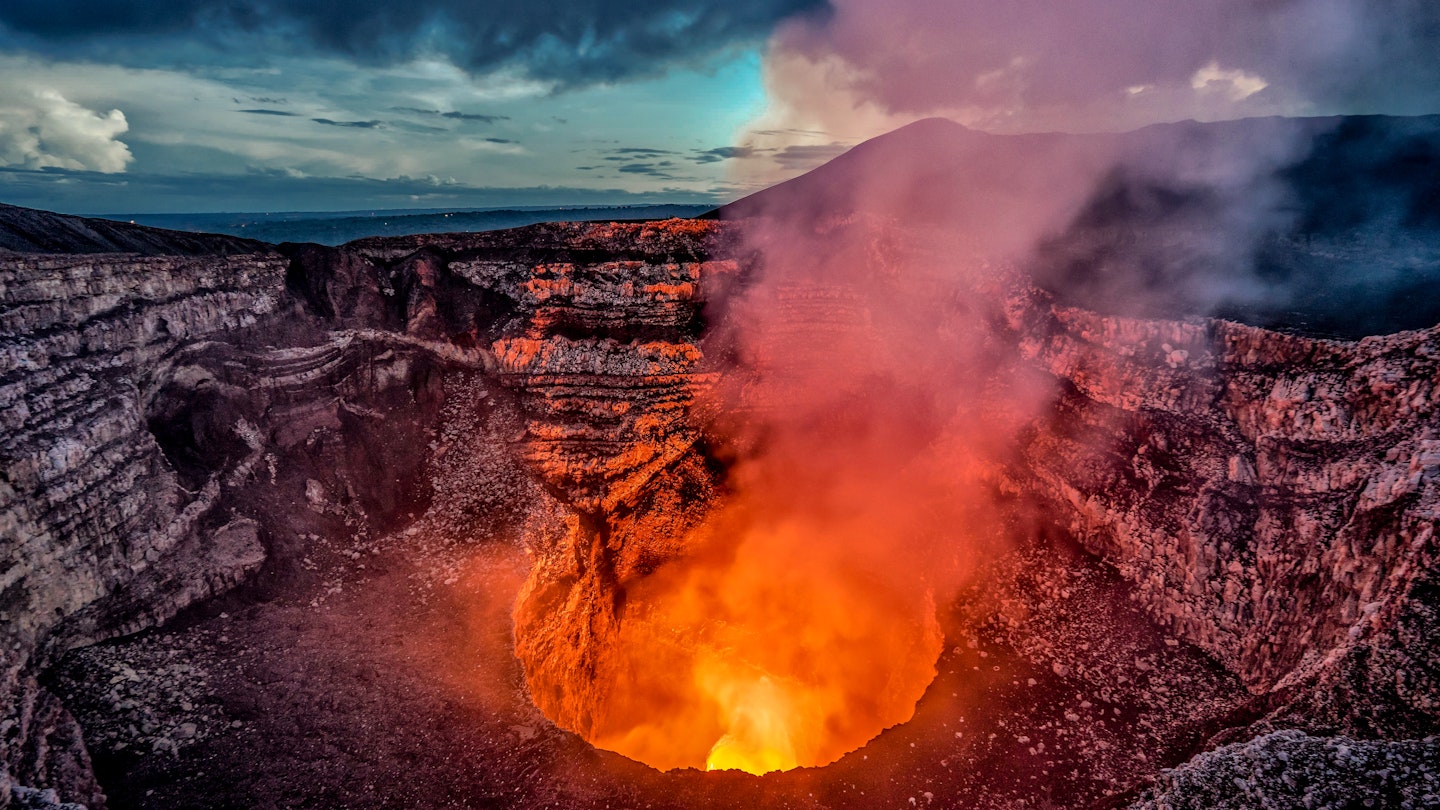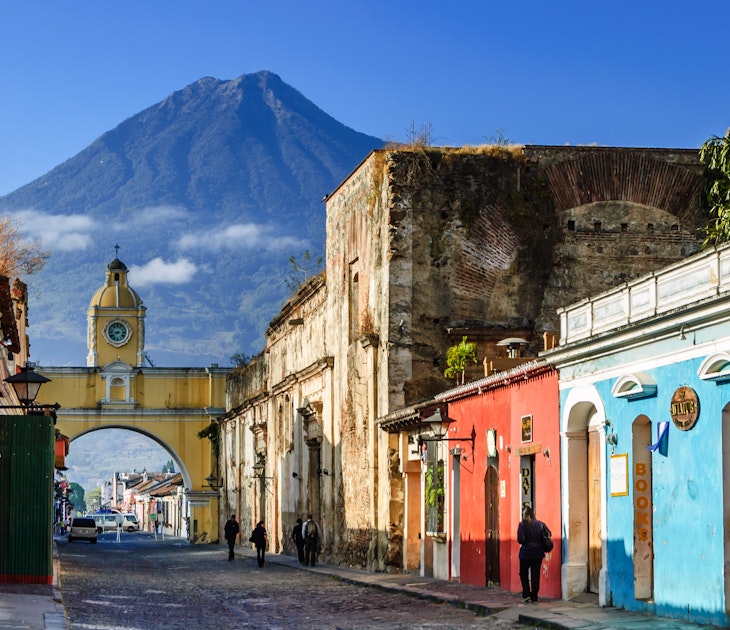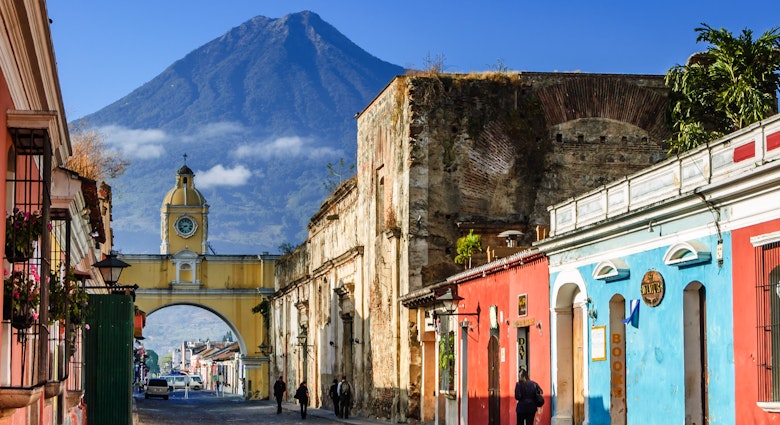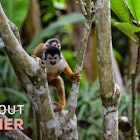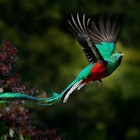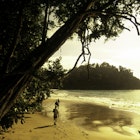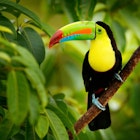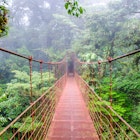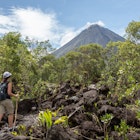Strung with liana vines and shadowed by mighty silk-cotton trees, surrounded by salt-spraying oceans and turtle-filled reefs, Central America teems with life and nature.
In fact, the region is often hailed as the most biodiverse place on the planet, something that’s evident at every turn and twist in every backcountry trail through the region’s national parks.
This roundup of national parks will help you whittle down your myriad options for nature reserves between Panama in the south and Guatemala in the north – with Costa Rica, Nicaragua, El Salvador and Honduras in between. These are the best of the best, with options for both families keen to spot two-toed sloths and budding explorers looking to leave the rat race firmly in the dust.
Read on for the 10 best national parks in Central America.
Manuel Antonio National Park in Costa Rica is ideal for families
Small yet mighty, Manuel Antonio National Park in west-central Costa Rica packs a hefty punch. Straddling a series of jungle-dressed headlands south of the town of Quepos, this reserve has enough biodiversity to make you drop your gallo pinto. Sloths – of the two- and three-toed varieties – are the stars of the show, and there’s even a dedicated hiking trail (the Perezoso Trail) to help you spy out those famously lazy Big Lebowskis of the jungle. Within the park boundaries, you’ll find swathes of taupe sand at Espadilla Sur Beach and Manuel Antonio Beach at the end of tree-fringed paths patrolled by howler monkeys and green iguanas.

Skip the crowds at Cerro Azul Meámbar National Park in Honduras
Cerro Azul Meámbar National Park hugs the see-through waters of Lake Yojoa in the depths of central-west Honduras. It rises in a symphony of rugged rock spires tufted with jungle, looking like something that would be right at home amid the karst hills of Southeast Asia. The rare cloud-forest habitats that you can access on day hikes from La Guama village are home to a kaleidoscopic array of bird life – hummingbirds, toucans, flycatchers and more. The best part? It’s well off the beaten track, which means you can channel proper Bear Grylls vibes when you head out into the jungle.
Adrenaline buffs should head to Arenal Volcano National Park in Costa Rica
Arenal has established itself as one of the go-to adventure meccas of Costa Rica. Its centerpiece is the perfectly cone-shaped peak of Arenal itself (which one can’t summit, unfortunately, given the volcano’s habit of spewing out magma up to five times each day). The real adventure awaits in the national park on the slopes surrounding the crater. Over 29,600 acres of land are cut through by whitewater rivers and zigzagging hiking paths ending at broiling hot springs. Stay in the nearby town of La Fortuna, where backpackers gather in the bars to share stories of the capuchin monkeys and snakes they’ve spotted on the trails.

Anyone who likes history will love Tikal National Park in Guatemala
The haunting ruins of erstwhile Yax Mutal, once one of the largest Maya cities in Mesoamerica, lurch above the lush forests of Tikal National Park in northern Guatemala. Today, visitors can survey the remains of over 3000 structures, including the 154ft(47m)-high Tikal Temple I and the Great Plaza, the former gathering point of Mayan priests and merchants. All this comes swirled in the emerald jungles of the El Petén region, where jaguars prowl the undergrowth and harpy eagles rule the skies.
Marvel at the volcanoes of Masaya Volcano National Park in Nicaragua
Sandwiched between two of the biggest cities in Nicaragua – Managua to the north and Granada to the east – Masaya Volcano National Park is home to a pair of mighty volcanos and a series of five craters. The most striking of the lot is the gaping mouth of the Santiago crater, which the conquistadores christened The Mouth of Hell for its bubbling lake of molten lava. You can get disconcertingly close to the smoke-belching opening by hiking to the lookout points on the western rim. It’s also possible to come at night to see the core of the crater glowing magma red in the depths below.
Leave civilization behind at Darién National Park in Panama
The bridge between Central and South America is given over to the wild lands of the Darién Gap, one of the most impenetrable and inhospitable parts of the planet. No roads come through here; no train lines pierce the jungles. On the Panamanian side of the border, the region is protected by the Darién National Park, a Unesco-listed expanse of 2240 sq miles (5800 sq km) that ranges from the wave-lashed Pacific to the Colombian sierras. Adventurers who come usually base themselves in the old Spanish gold mining outpost of Santa Cruz de Cana. And when we say it’s remote, we mean it: expect a 2-day hike to get there (or else a short hop on a propellor plane).
Count the sea turtles at Sipacate-Naranjo National Park in Guatemala
Spreading over 12 miles of surf-washed shoreline, Sipacate-Naranjo National Park marks the point where the snaking Rio Acome emerges from the jungles and spills into the Pacific Ocean, and ranks hight on the list of the best places to visit in Guatemala. This patchwork of mangroves and coffee-colored sands is best known as a key breeding ground for olive ridley, leatherback and green sea turtles. Peak nesting season is between June and August.

Expect sensational beaches at Isla Bastimentos Marine National Park, Panama
Isla Bastimentos Marine National Park covers the eponymous Isla Bastimentos, one jewel in the crown that is the Bocas del Toro region of Caribbean Panama. Surfers should already know of it for the reliable dry-season breaks of Red Frog and Wizard Beach. But you don’t need a board in tow to appreciate the biodiversity. It’s downright booming here, what with caimans snapping in the murky riverways, sea turtles clustering in the reefs and rare strawberry poison-dart frogs glowing pink on the lush palm boughs. And that’s just scratching the surface.
Corcovado National Park in Costa Rica is the best for wildlife
Occupying a huge slab of the Osa Peninsula on the Costa Rican Pacific coast, the Corcovado National Park is regularly hailed as the star of Central American biodiversity. The sheer variety of life that's packed into the 164 sq miles (425 sq km) of land is startling. The fauna survives in a range of habitats, going from humid mangroves to mist-haloed cloud forests up above. The park also spills into ocean water that teems with killer whales, manatees and spinner dolphins. The El Tigre Trail is one of the few 1-day hiking options here, taking you on a 5-mile loop for around 8 hours in the eastern portion of the reserve.
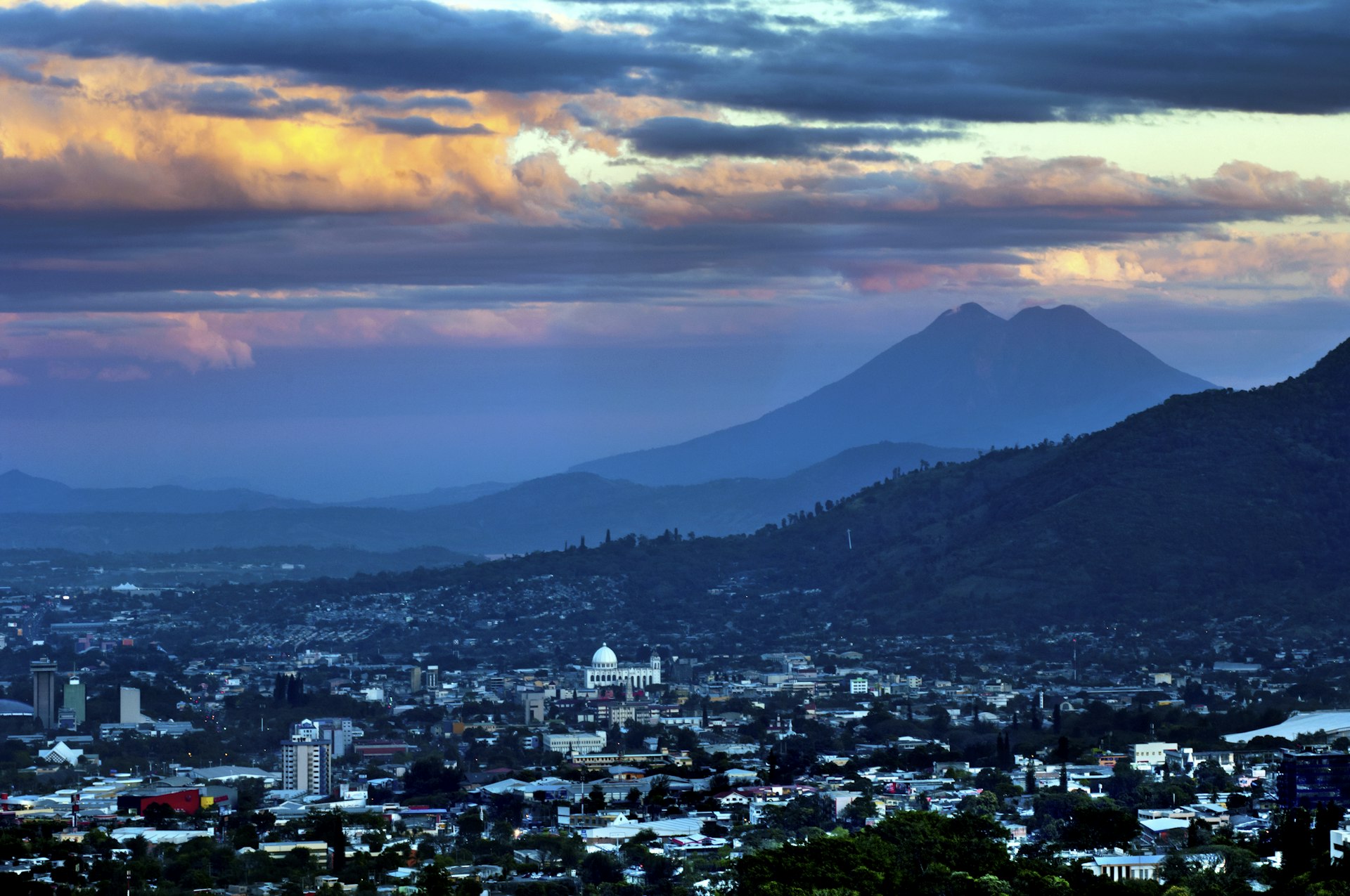
El Boquerón National Park in El Salvador is the most accessible from the city
You don’t have to go far from the traffic-clogged heart of San Salvador, El Salvador’s frenetic capital, to find yourself clambering up the side of an active volcano. Cue El Boquerón National Park, which rings the great Volcan de San Salvador. A 30-minute hiking path that leads from the parking area can bring you from lowland forests of hydrangeas to a ridge 6430ft (1960m) above sea level. From there, it’s possible to see a smoking cinder cone pugged deep in the crater.
You might also like:
The best Mayan sites in Central America: Pyramids of power
The 14 best beaches in Central America
15 things you absolutely must do in Central America

